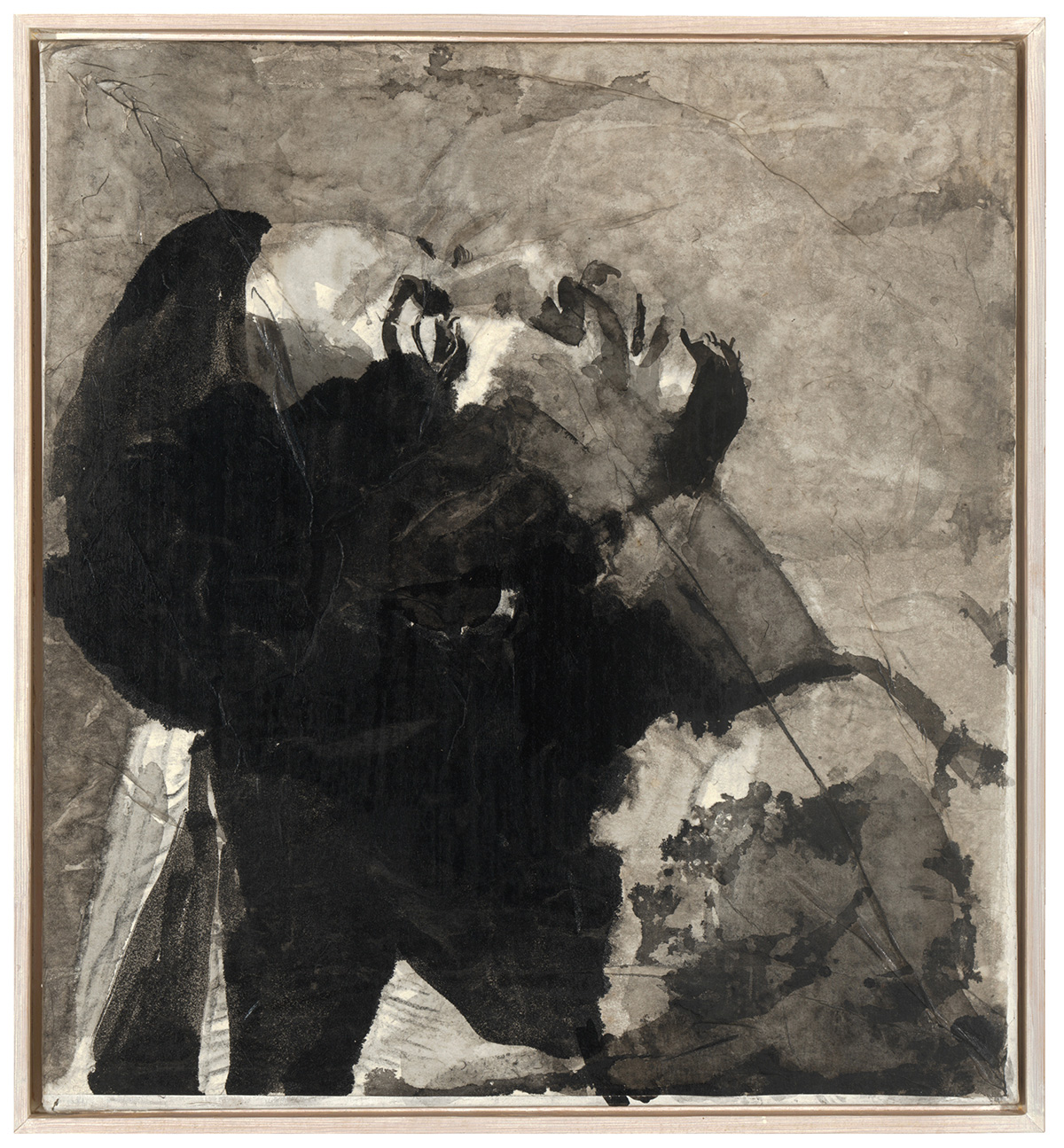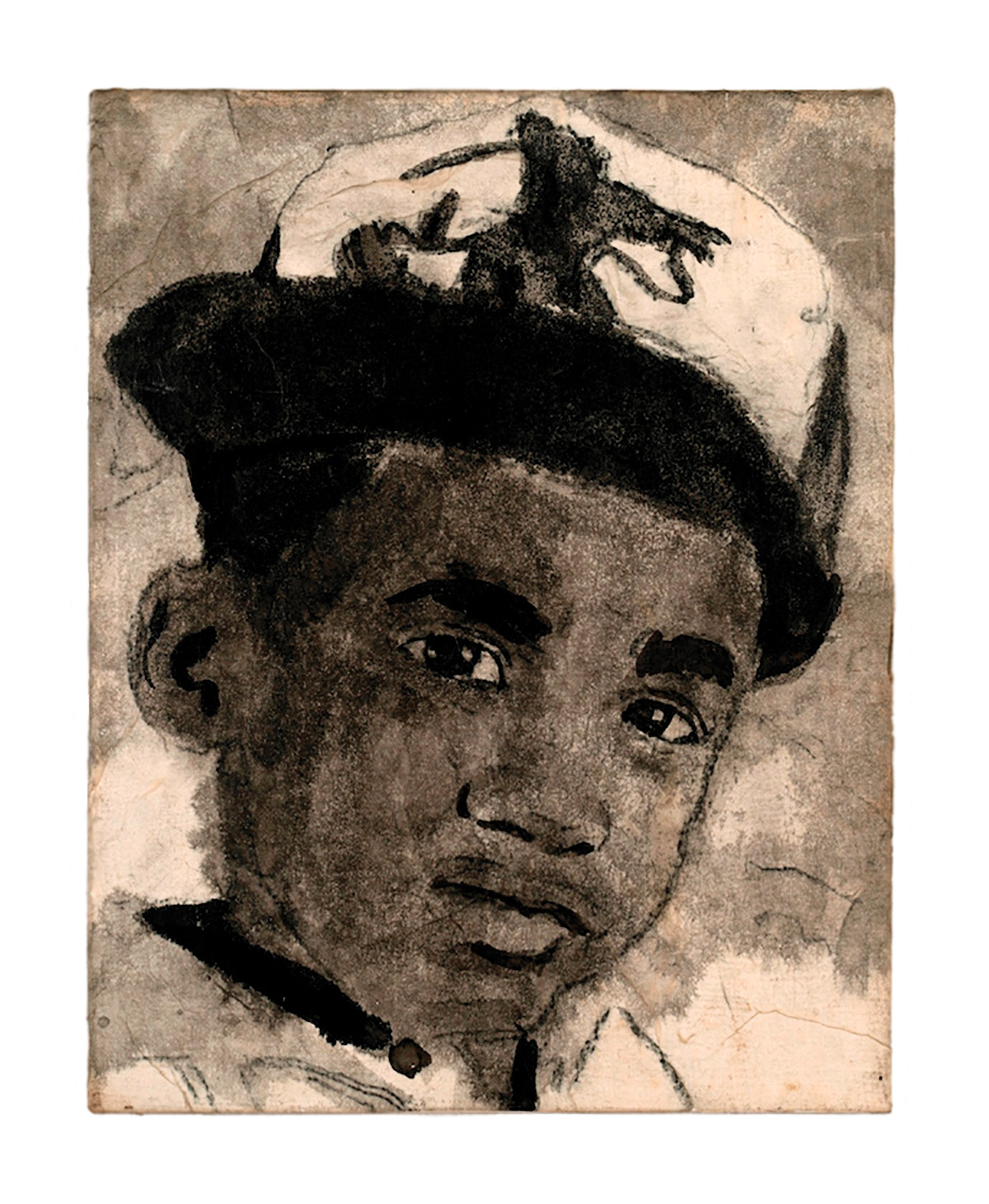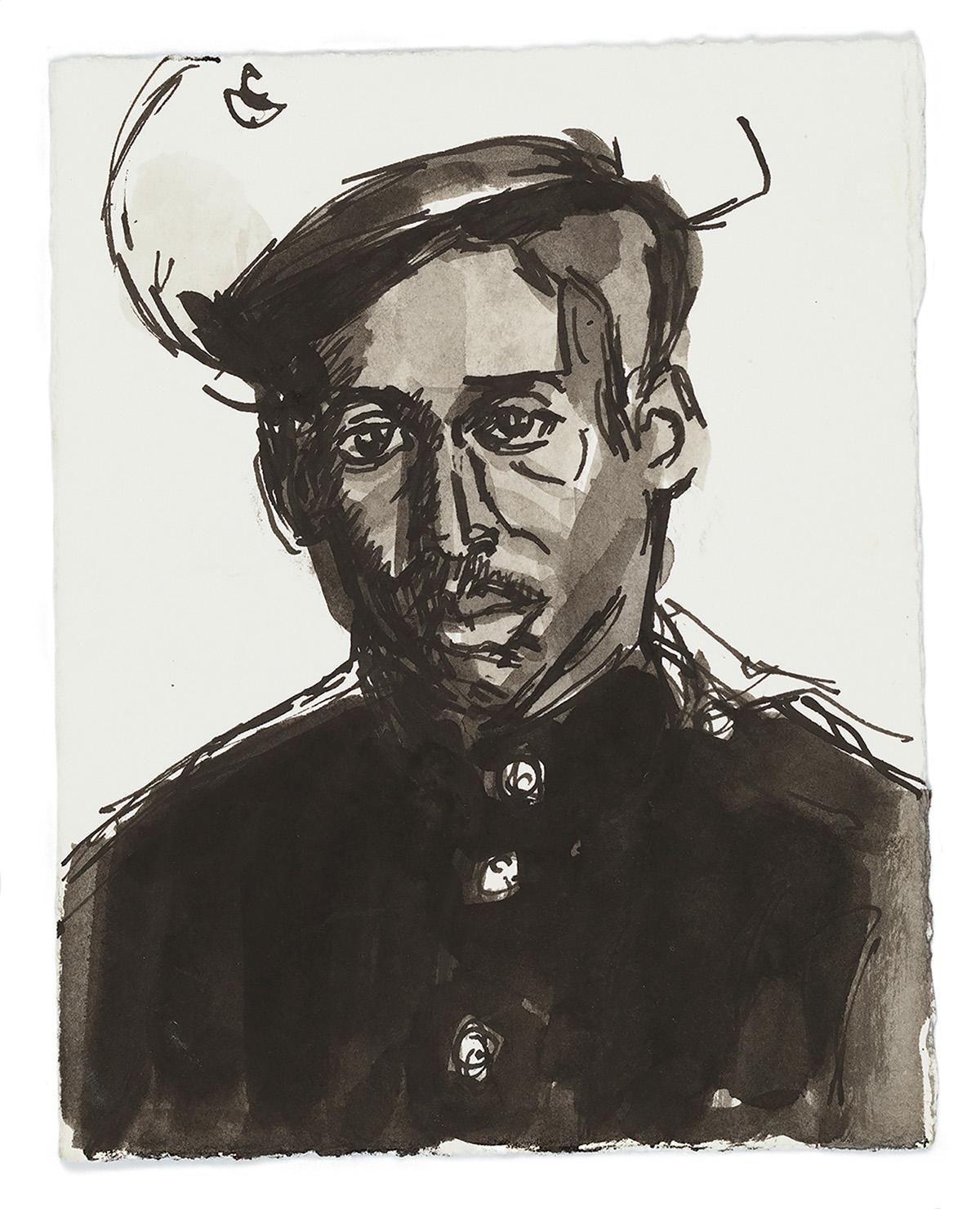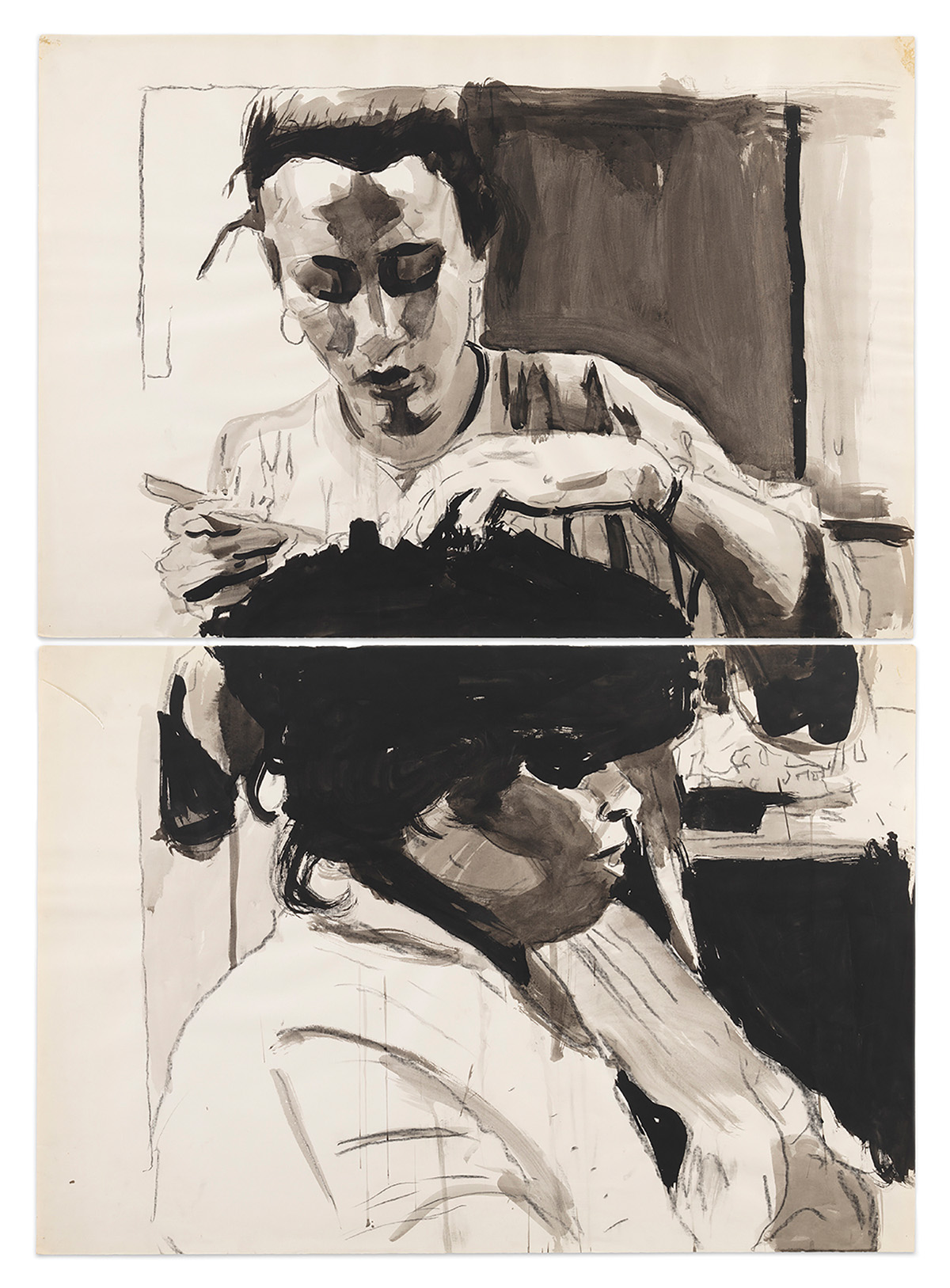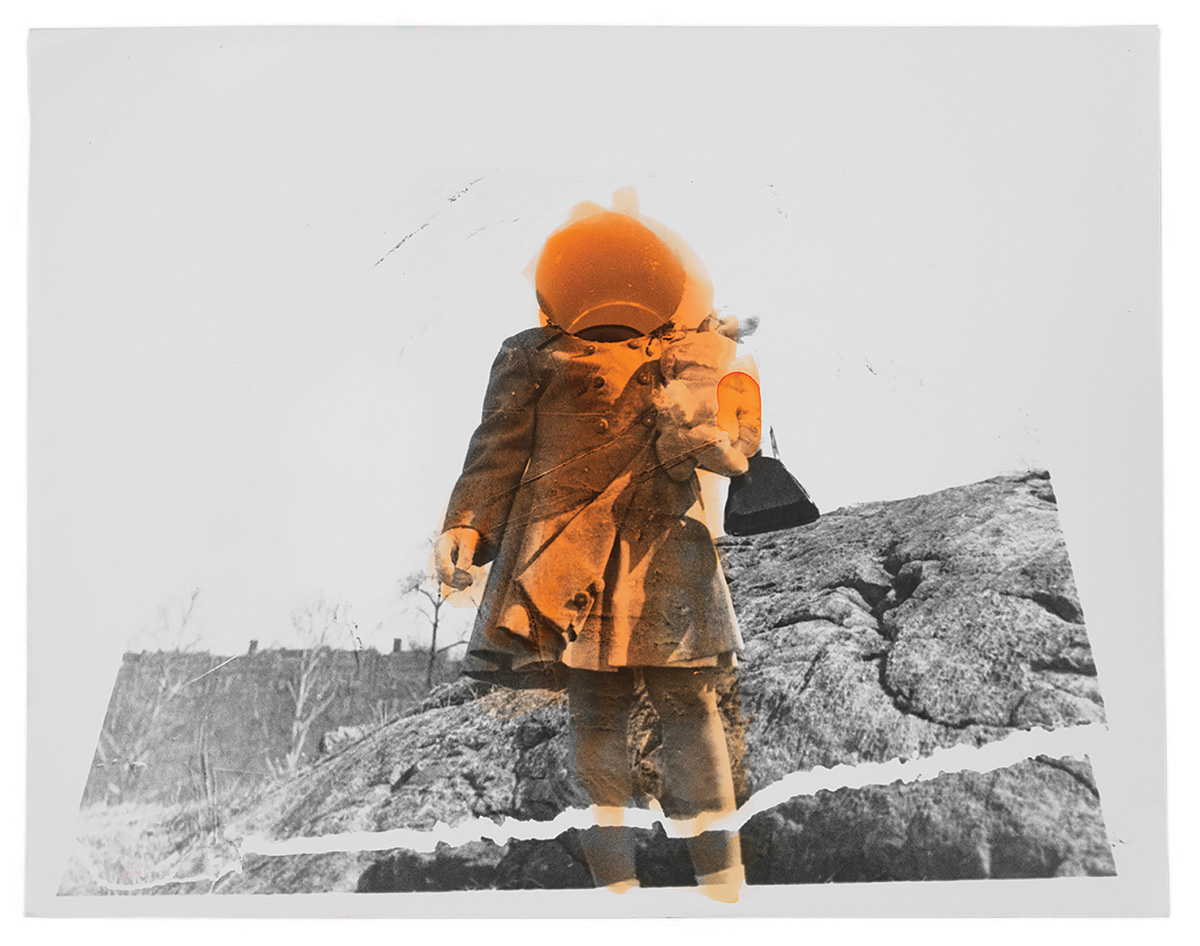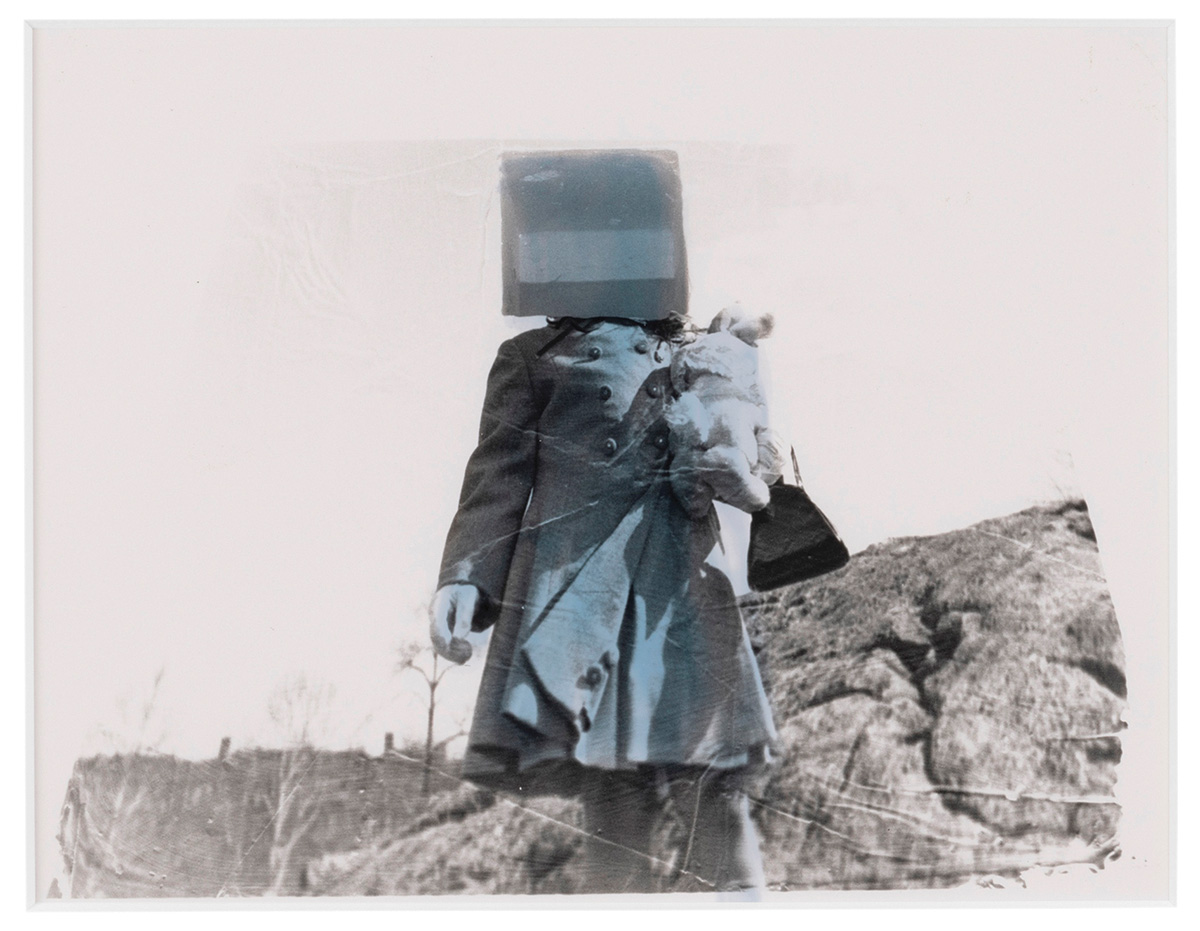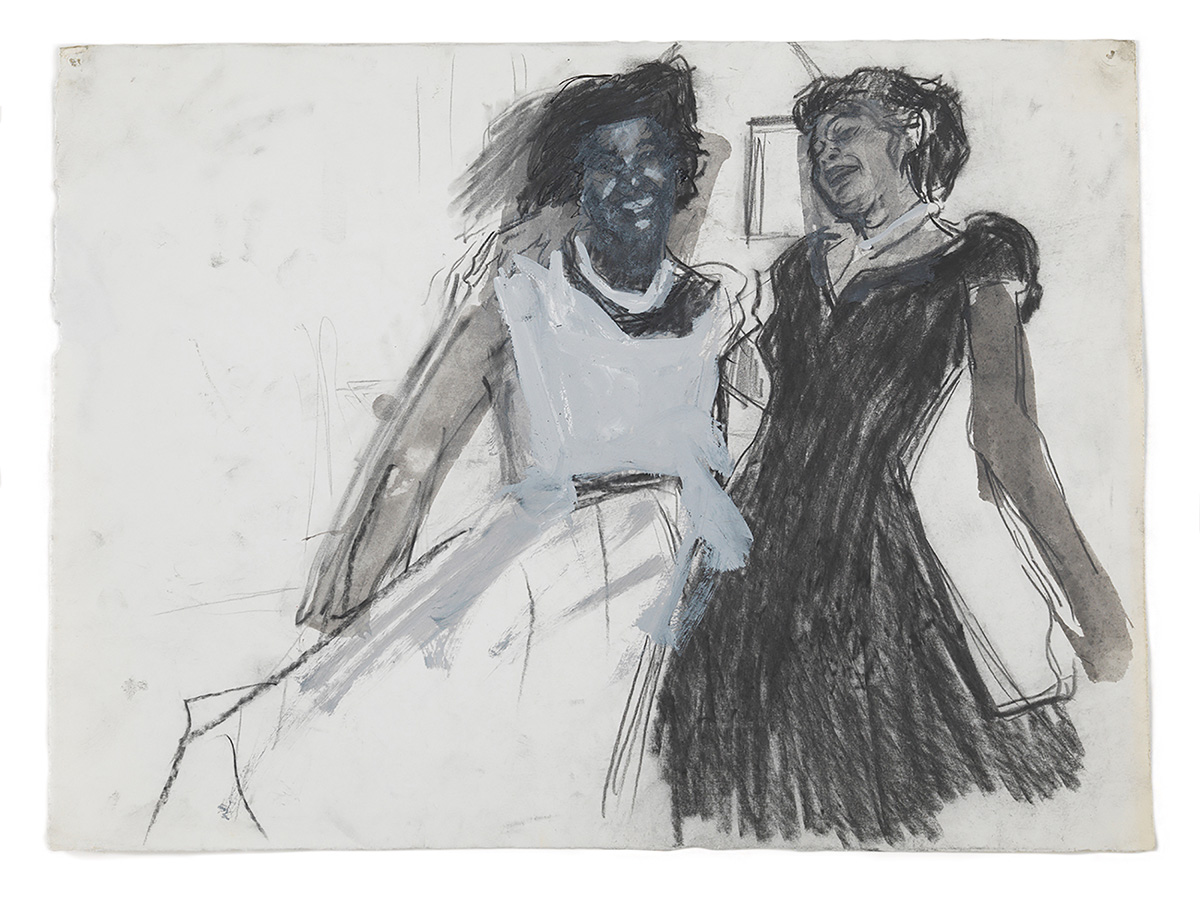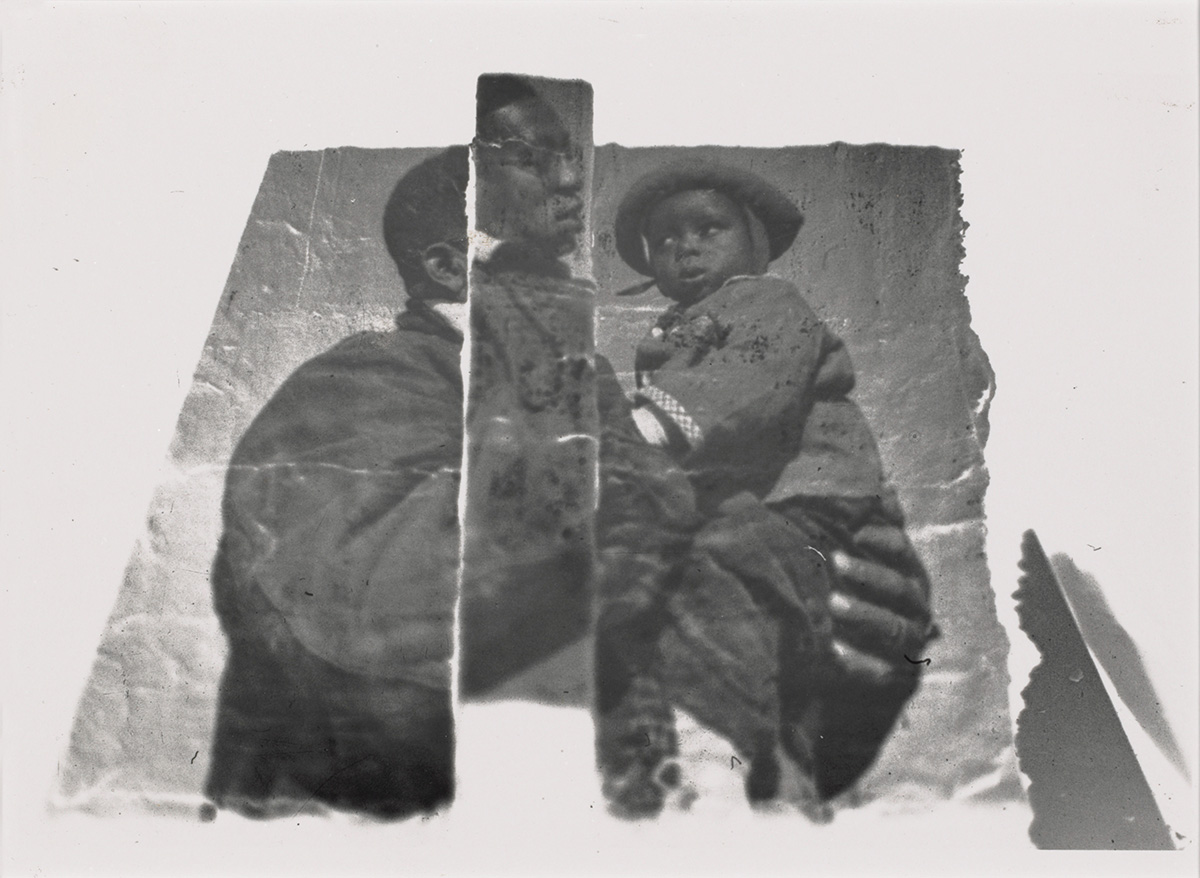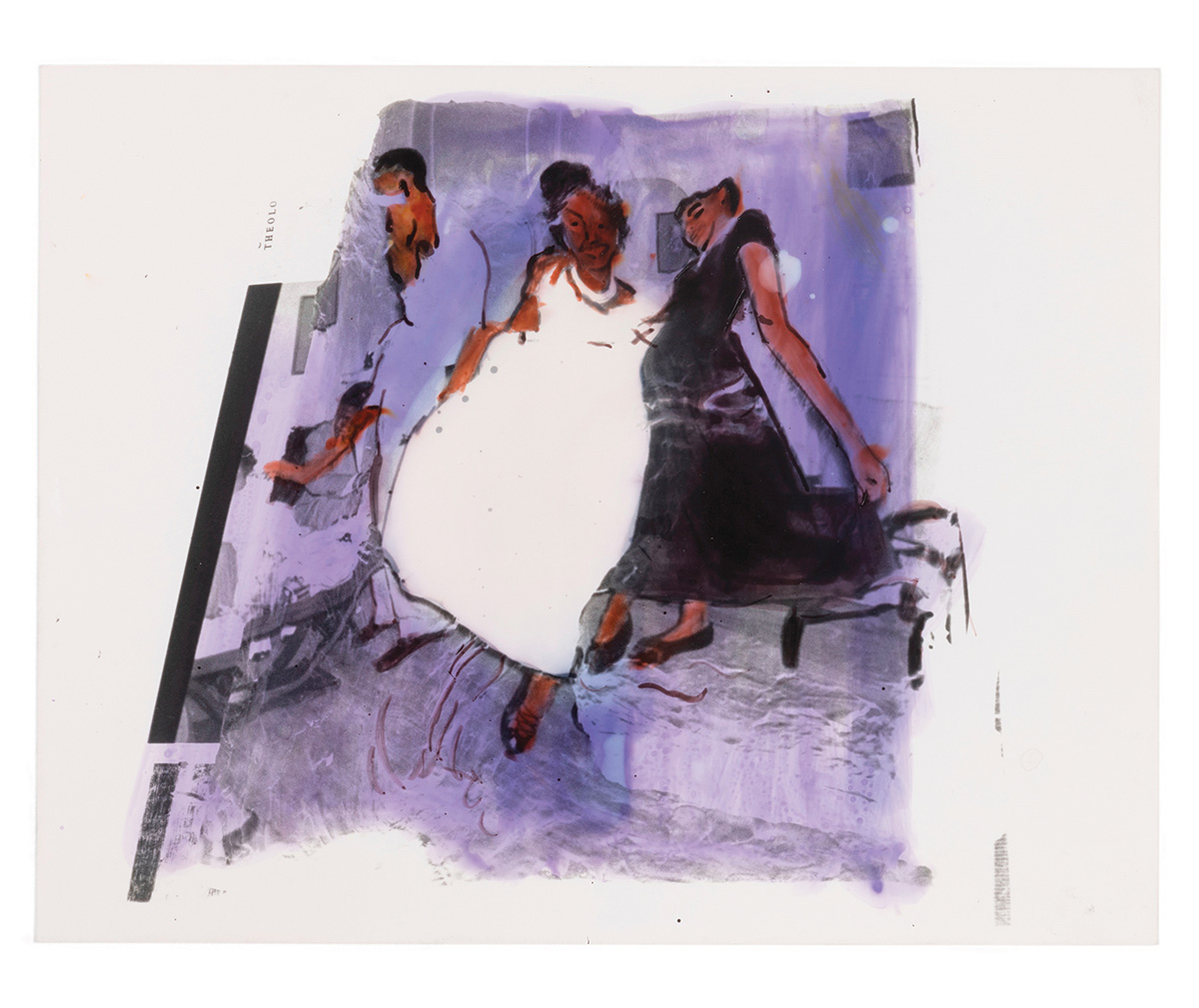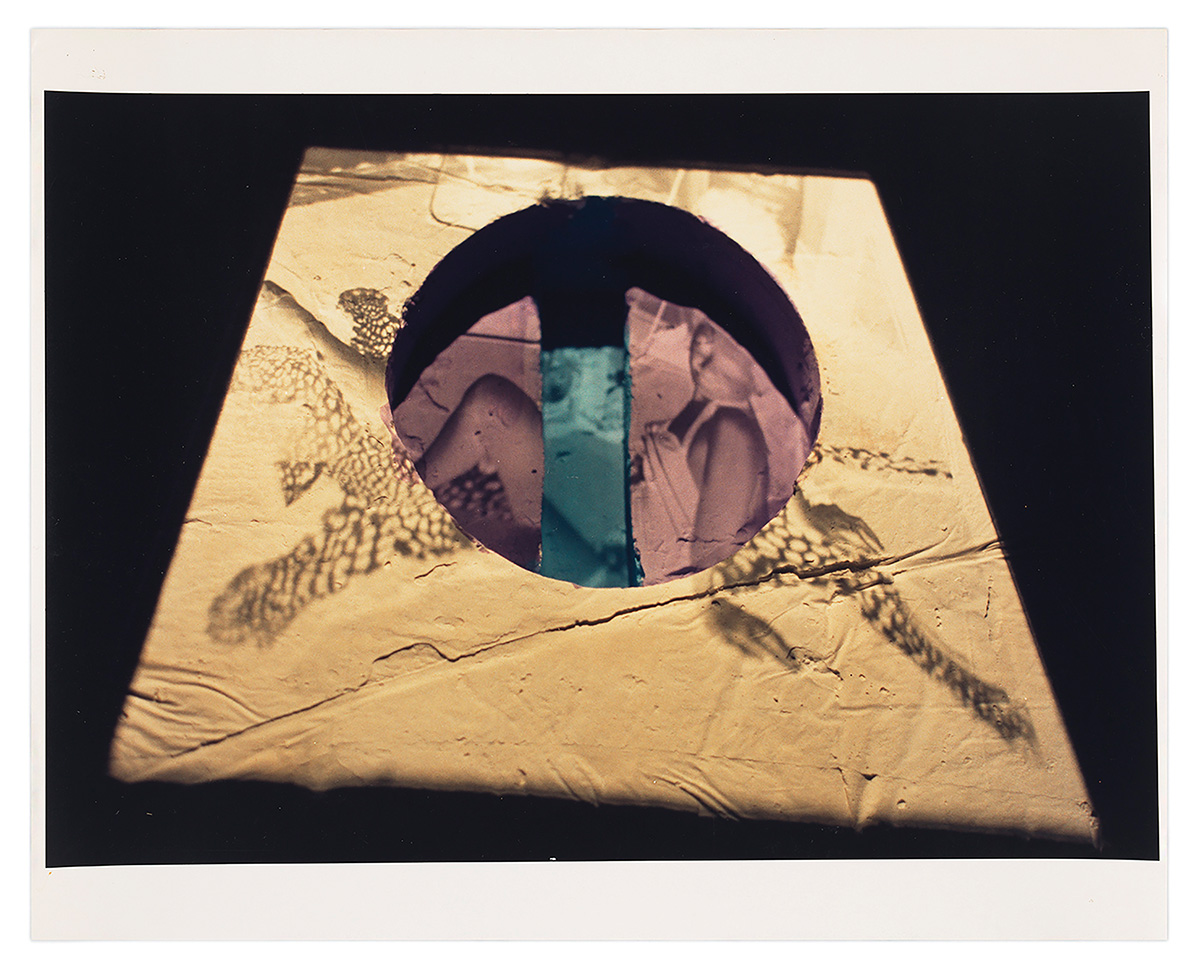In the Frame of the Father
The lyrical, spiritual work of Darrel Ellis began with a precious inheritance
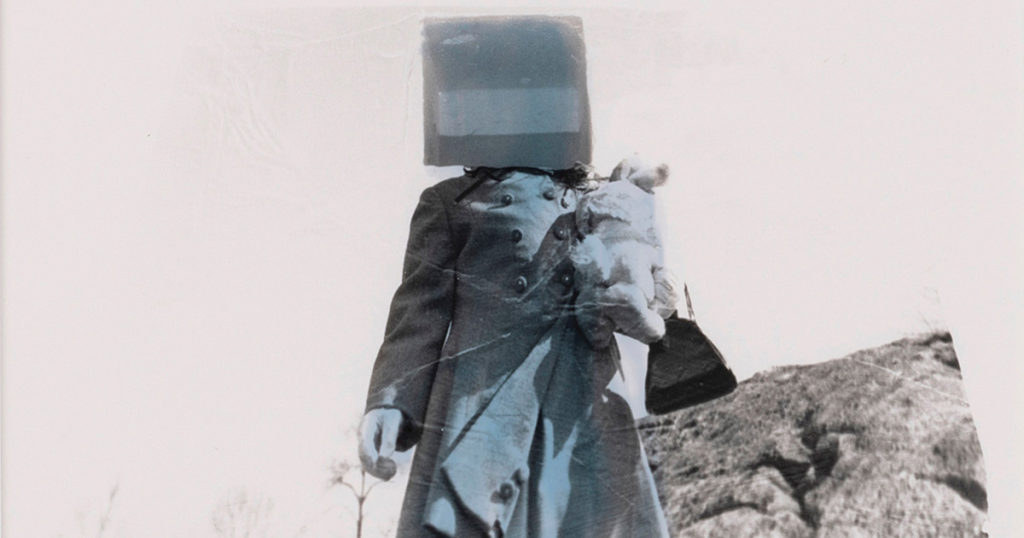
In 1981, when Darrel Ellis (1958–1992) was a young artist in search of a style, he received a present that would change his life: an extensive archive of photographic negatives that had belonged to the father he’d never known. Thomas Ellis, a postal clerk and former U.S. Marine, was killed by two off-duty police officers in 1958, when his wife was pregnant with Darrel. The elder Ellis’s photographs of his extended family became central to his son’s artistic endeavors, which included photography, figurative painting, collage, drawing, sculpture, and printmaking. As Darrel Ellis cultivated his own evocative, elusive style, he seemed to be continually engaging, in ways both subtle and overt, with the story of his father’s passing. Ellis’s depictions of his family are quiet and poetic. Some appear to be cut up, fragmented, riven by an unknowable force. Yet despite their elliptical quality, the pieces invite a visceral response. As the scholar Derek Conrad Murray writes, “It is precisely the fractured and unreliable nature of our memories, the conflicted and often fraught relations with family, combined with the joys, traumas, and disappointments of our past, that render this work so incredibly poignant.”
Ellis lived his life in New York, moving between the Bronx of his birth and Brooklyn. By the mid-1980s, his work had begun receiving extensive critical praise, and it eventually featured in more than 20 group exhibitions both here and abroad. Now, 30 years after Ellis’s death from complications related to AIDS, he is the subject of a major retrospective at the Baltimore Museum of Art.
In 1987, Ellis went to work as a security guard at the Museum of Modern Art, where he spent many hours studying the seminal pieces displayed there. If only he had known that one day, his own art would be as celebrated as some of the works over which he kept watch.
All quotes from David Hirsh’s interview with Darrel Ellis, January 21, 1991

